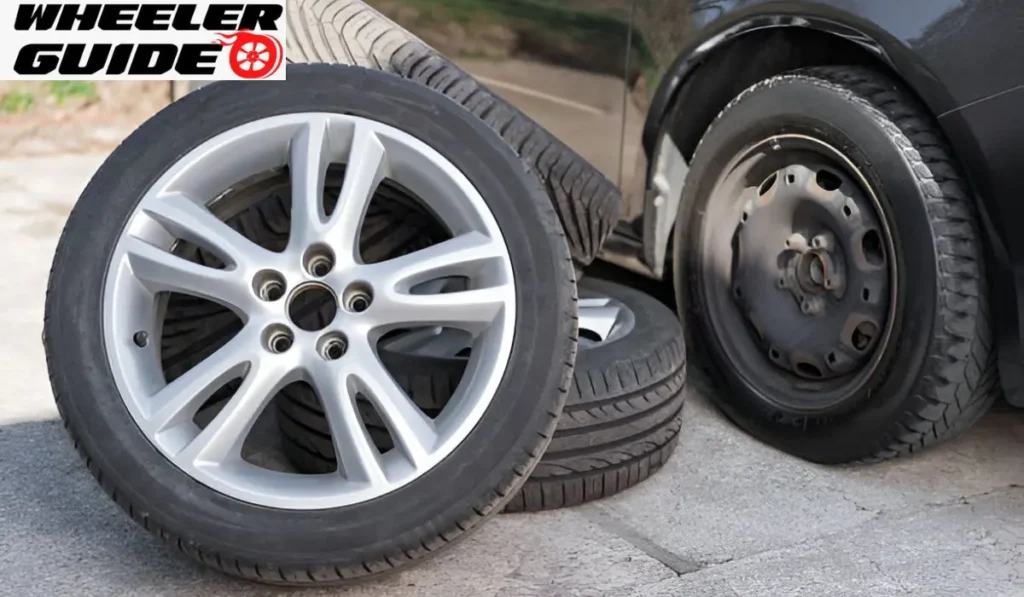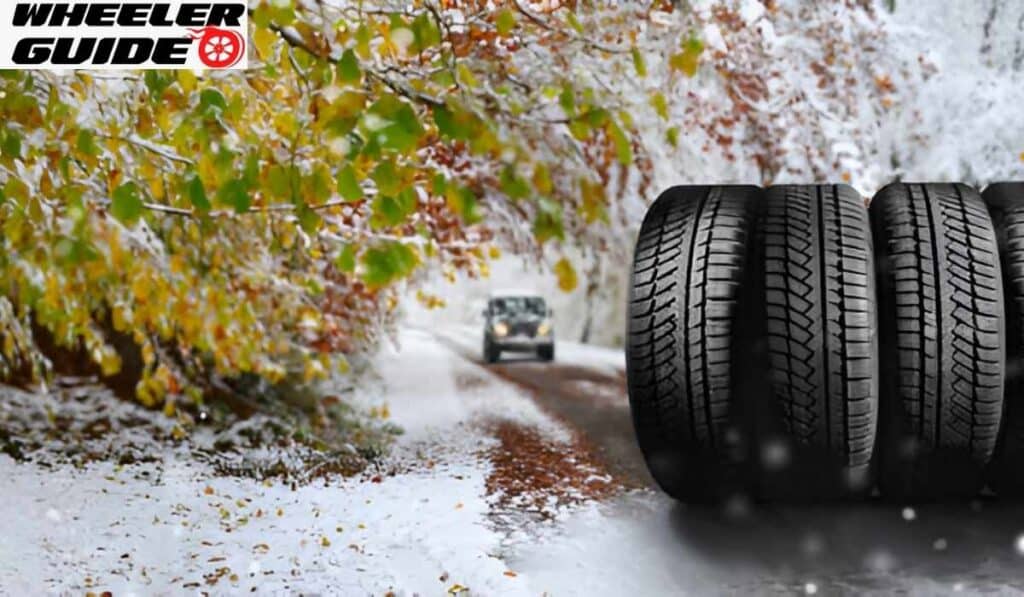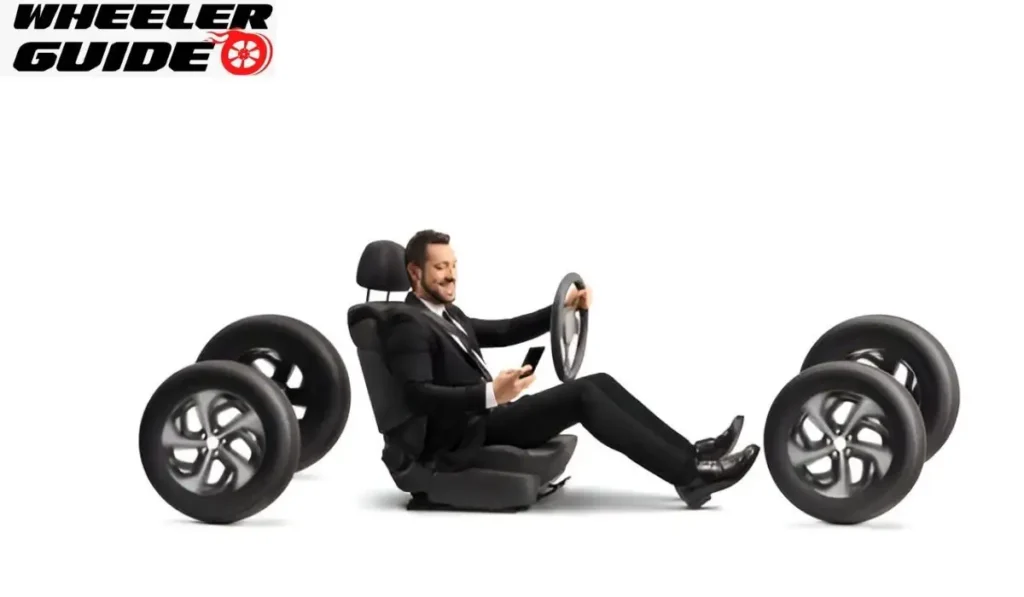Choosing the right wheel size for your vehicle can make a big difference in how it looks and drives. Many car owners find themselves deciding between 17-inch and 20-inch wheels. Each size has its pros and cons that affect handling, comfort, and fuel economy.
The best wheel size depends on your priorities and driving habits. 17-inch wheels often provide a smoother ride and better fuel efficiency. They also tend to cost less. 20-inch wheels can improve handling and give vehicles a sportier look. But they may result in a firmer ride and higher costs for tires and wheels. Think about what matters most to you when picking between these two popular wheel sizes.
Comparing Wheel Sizes: 17-Inch vs 20-Inch
Wheel size affects many aspects of a vehicle’s performance and comfort. The choice between 17-inch and 20-inch wheels involves trade-offs in handling, ride quality, and fuel efficiency.
Impact on Vehicle Handling and Stability
Larger 20-inch wheels generally improve a vehicle’s handling and stability. They offer more grip and better cornering due to their wider surface area. This extra traction can be especially helpful in high-performance driving situations.
Smaller 17-inch wheels, while less grippy, can provide better steering response. They have less unsprung weight, which allows the suspension to react more quickly to road imperfections. This can result in more nimble handling, particularly in quick direction changes.
The difference in stability becomes more noticeable at higher speeds. 20-inch wheels tend to feel more planted on the highway, giving drivers a sense of security during long trips or in windy conditions.

Effect on Ride Quality and Comfort
Ride quality often suffers with larger wheels. 20-inch wheels typically come with lower-profile tires with less sidewall to absorb bumps and vibrations. This can lead to a harsher, less comfortable ride, especially on rough roads.
17-inch wheels, with their taller sidewalls, offer more cushioning. They absorb road imperfections better, resulting in a smoother and more comfortable ride. This can be particularly noticeable on long drives or for passengers sensitive to road vibrations.
Noise levels can also differ. Larger wheels with low-profile tires tend to generate more road noise, while smaller wheels with higher sidewalls can provide a quieter cabin environment.
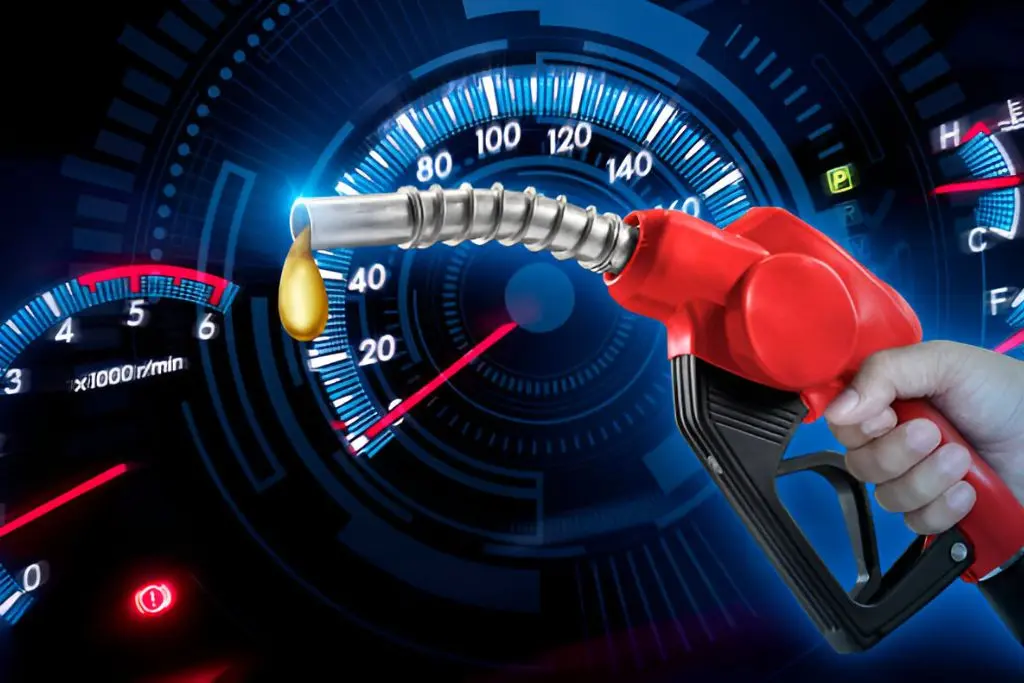
Influence on Fuel Economy and Mileage
Wheel size can impact a vehicle’s fuel efficiency. Larger 20-inch wheels are heavier, increasing the vehicle’s overall weight and rolling resistance. This extra weight requires more energy to move, potentially reducing fuel economy.
17-inch wheels, being lighter, can contribute to better fuel efficiency. The reduced unsprung weight means the engine doesn’t have to work as hard to accelerate or maintain speed. Over time, this can lead to noticeable fuel savings, especially for drivers who cover long distances regularly.
Tire replacement costs also factor into the long-term economy. Tires for 20-inch wheels are typically more expensive than those for 17-inch wheels. This price difference can add up over the life of the vehicle, especially for high-mileage drivers who replace tires frequently.
Performance and Safety Considerations
Wheel size affects many aspects of a vehicle’s performance and safety. Different sizes impact how a car handles, stops and responds to various road conditions.
Braking and Acceleration Differences
20-inch wheels can improve handling but may slightly reduce acceleration. The larger diameter means more rotational mass, which can slow initial acceleration.
Braking performance can be enhanced with 20-inch wheels. The larger contact patch allows for better heat dissipation and stronger braking force.
17-inch wheels, being lighter, may offer quicker acceleration. However, they might not provide the same level of braking performance as their larger counterparts.
Traction and Grip on Various Terrains
Larger wheels with lower profile tires, like 20-inch options, often provide better grip on dry pavement. This can improve cornering and overall handling in good weather conditions.
17-inch wheels with taller sidewalls excel in off-road situations. The extra tire sidewall allows for better traction on loose surfaces like gravel or mud.
In wet conditions, 17-inch wheels might have an advantage. The narrower width can help reduce hydroplaning risks.
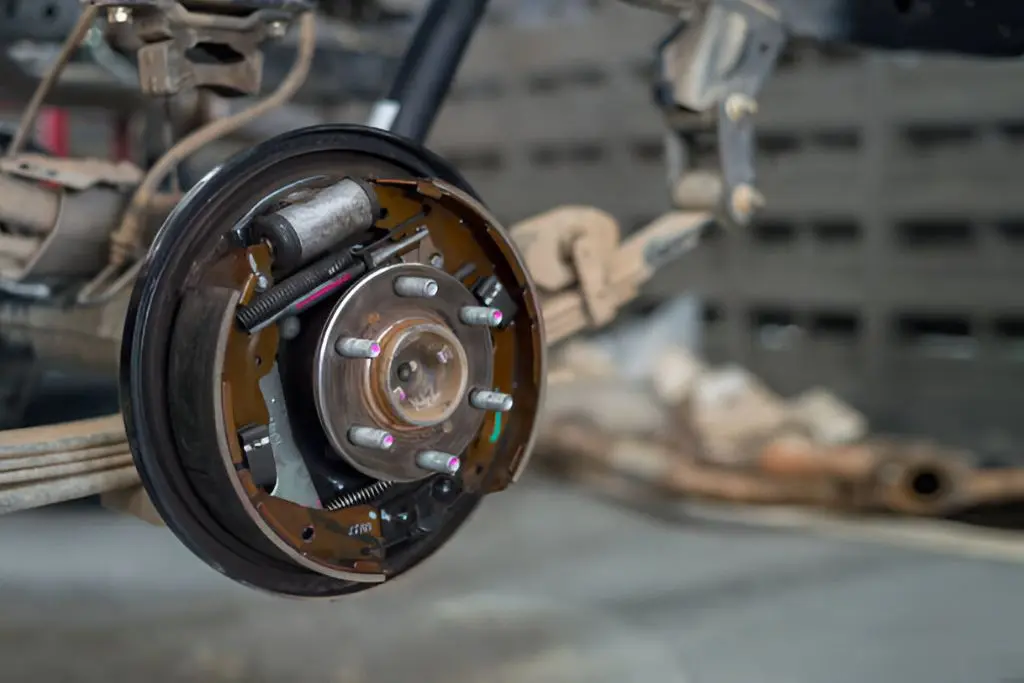
Impact on Suspension and Braking Systems
20-inch wheels can put more stress on suspension components. The reduced tire sidewall means less cushioning, potentially leading to a harsher ride and increased wear on suspension parts.
Braking systems may need to work harder with 20-inch wheels due to the increased unsprung weight. This can lead to faster wear on brake pads and rotors.
17-inch wheels, with their taller sidewalls, provide more cushioning. This can help protect suspension components and reduce stress on the overall system.
Clearance is generally better with 17-inch wheels, allowing for more suspension travel. This is particularly beneficial for off-road use or driving on rough roads.

Off-Roading and Aesthetics
Wheel size plays a big role in off-road performance and vehicle looks. The choice between 17-inch and 20-inch wheels affects both function and style.
Advantages of Off-Road Vehicles
17-inch wheels offer great traction and stability for off-road use. They allow for more tire sidewall, which helps absorb bumps and rocks on rough terrain. This extra cushioning improves ride comfort and reduces the risk of wheel damage.
Smaller wheels also tend to be lighter. This can boost fuel efficiency and make it easier for the engine to turn the wheels in challenging conditions.
For serious off-roading, 17-inch wheels usually provide better performance. They allow for a wider range of tire options designed specifically for tough trails.
Aesthetic Appeal and Customization
20-inch wheels give vehicles a bold, aggressive look. Many drivers prefer the visual impact of larger wheels, especially on trucks and SUVs. The bigger size can make a vehicle appear more imposing and stylish.
Aftermarket 20-inch wheels offer more design choices. This allows for greater customization to match personal tastes or vehicle styles.
However, 20-inch wheels may limit off-road capability. The lower profile tires provide less protection for the wheel and can make the ride harsher on rough terrain.
Ultimately, the choice depends on priorities. 17-inch wheels favor function, while 20-inch wheels lean towards form. Some drivers might choose a middle ground with 18 or 19-inch options.
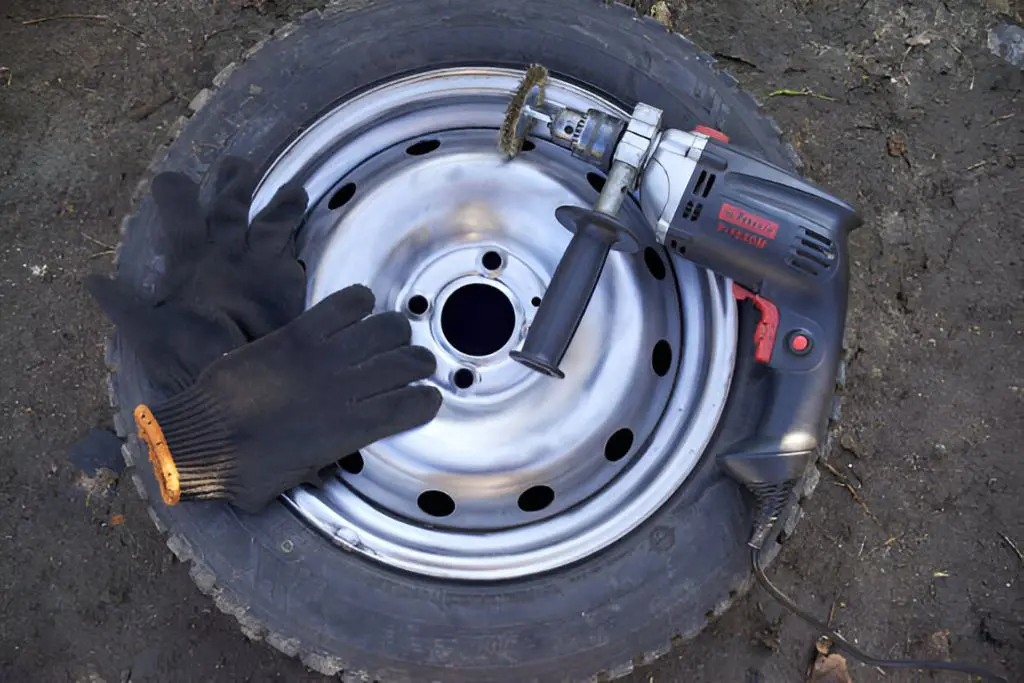
Practical Considerations for Wheel Upgrades
When upgrading wheels, several key factors come into play. These include compatibility, durability, and cost implications. Each aspect requires careful thought to ensure the best choice for your vehicle and needs.
Compatibility and Tire Selection
Wheel upgrades must be compatible with your vehicle’s specifications. 17-inch wheels offer more tire options compared to 20-inch wheels. This wider selection allows for better customization of ride quality and performance.
Tire selection impacts:
- Ride comfort
- Handling
- Fuel efficiency
- Noise levels
For off-road vehicles, both 17-inch and 20-inch wheels can work well. 35-inch or 37-inch tires fit both sizes without major differences in performance.
It’s crucial to check your vehicle’s manual for recommended wheel and tire sizes. This ensures proper fitment and prevents issues with suspension or brake clearance.
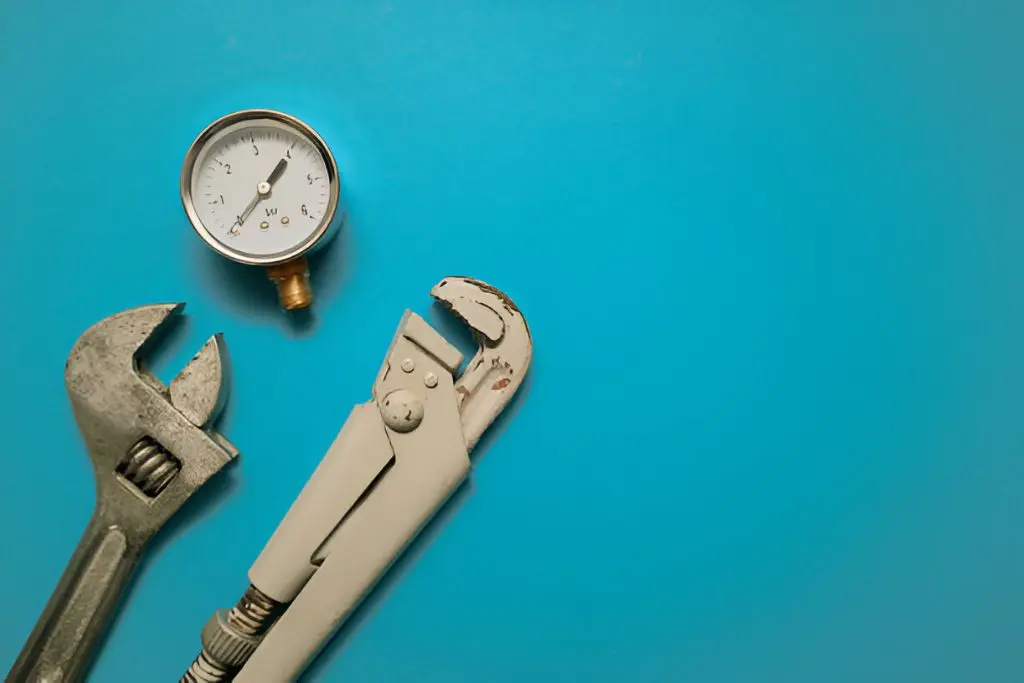
Long-Term Durability and Maintenance
Wheel size affects durability and maintenance needs. Larger wheels may look appealing, but they come with trade-offs.
17-inch wheels:
- More sidewall cushioning
- Better shock absorption
- Less prone to damage from potholes
20-inch wheels:
- Less tire sidewall
- More responsive handling
- Higher risk of wheel damage
Tire pressure becomes more critical with larger wheels. Proper inflation is key to preventing premature wear and maintaining optimal performance.
Steel wheels offer durability but add weight. Alloy wheels are lighter but may be more susceptible to damage from road hazards.
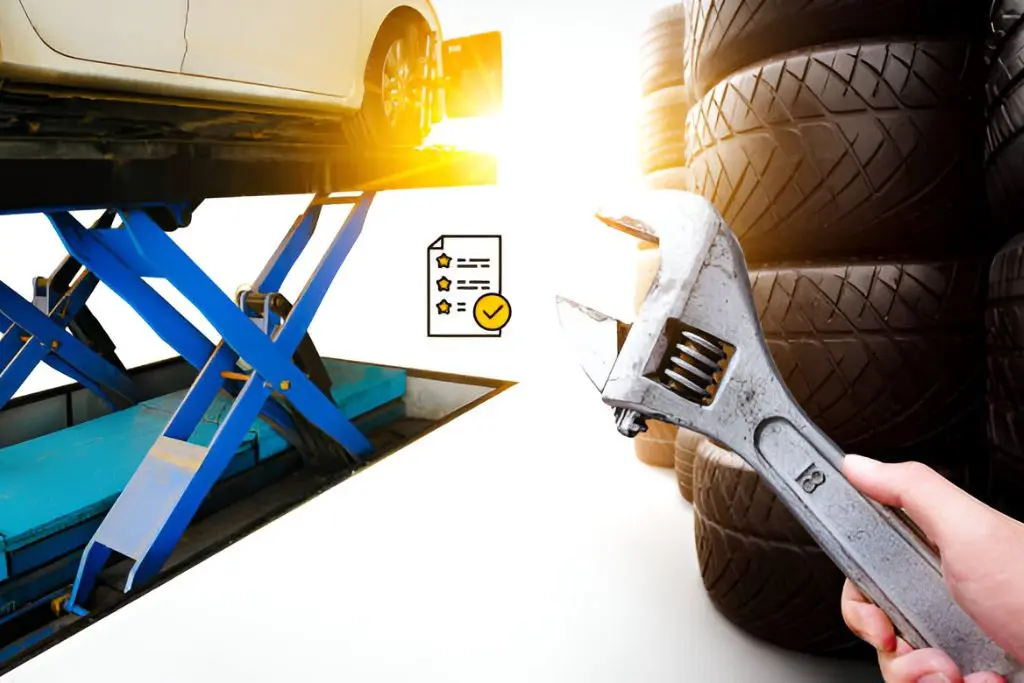
Cost Implications of Wheel and Tire Choices
Wheel and tire choices significantly impact long-term costs. The initial purchase price is just the beginning.
Cost factors:
- Wheel price
- Tire price
- Replacement frequency
17-inch tires often cost $30-$60 less per tire compared to 20-inch options. For high-mileage drivers, this adds up quickly. A driver covering 52,000 miles per year might save $120-$240 annually by choosing 17-inch wheels.
Larger wheels typically require more expensive tires. They may also wear faster due to less sidewall protection. This leads to more frequent replacements, increasing long-term costs.
Consider your driving habits and budget when choosing wheel size. High-mileage drivers may benefit from smaller wheels to reduce ongoing expenses.
Frequently Asked Questions
What are the advantages of 17-inch wheels when off-roading compared to 20-inch wheels?
17-inch wheels offer better off-road performance than 20-inch wheels. They provide more tire sidewall, which improves traction and cushioning on rough terrain.
Smaller wheels allow for easier tire deflation, enhancing grip on loose surfaces. They’re also less likely to get damaged by rocks and obstacles.
Can 20-inch wheels improve the towing capacity of a vehicle over 17-inch wheels?
Wheel size alone doesn’t directly affect towing capacity. However, 20-inch wheels may provide better stability when towing heavy loads due to their larger diameter.
The improved stability comes from the increased contact patch with the road. This can help distribute the weight more evenly.
Will a change from 17 to 20-inch wheels affect the performance of a vehicle?
Switching from 17 to 20-inch wheels can impact vehicle performance. 20-inch wheels often result in more responsive handling and a tighter feel on the road.
Larger wheels may improve cornering ability but can also lead to a firmer ride. This change might affect acceleration and braking performance.
How does wheel size impact the fuel efficiency of a vehicle?
Wheel size can influence fuel efficiency. Generally, smaller wheels like 17-inch ones tend to be more fuel-efficient than larger 20-inch wheels.
This is because smaller wheels are lighter, reducing the vehicle’s overall weight. Larger wheels may increase rolling resistance, leading to slightly decreased fuel economy.
Are there specific benefits to using 20-inch wheels on a Silverado for everyday driving?
20-inch wheels on a Silverado can enhance its appearance and provide a more commanding road presence. They may offer improved handling and stability during highway driving.
These larger wheels can also accommodate wider tires, potentially improving grip in dry conditions. However, they may result in a slightly firmer ride.
What should be considered when selecting the best tire size for 17-inch rims?
When choosing tires for 17-inch rims, consider the vehicle’s manufacturer’s recommendations. Factor in the intended use, whether it’s primarily for city driving or off-road adventures.Tire width and aspect ratio should be compatible with the rim size. The aspect ratio affects sidewall height, which influences ride comfort and handling characteristics.
